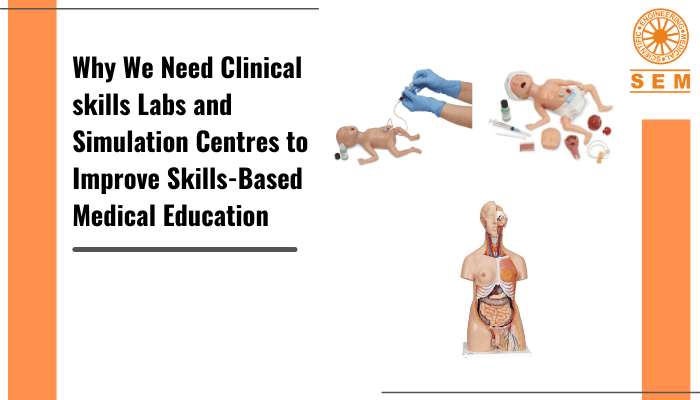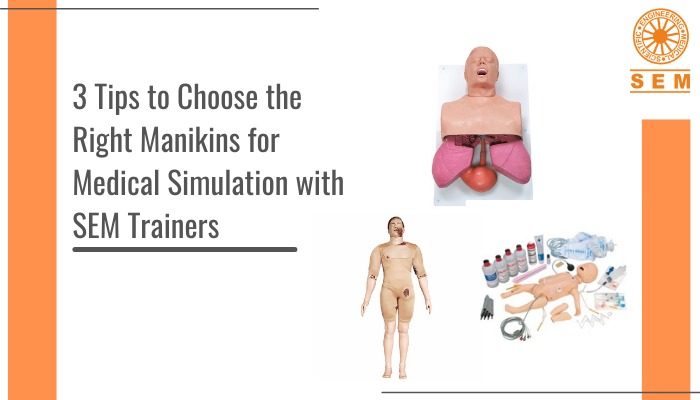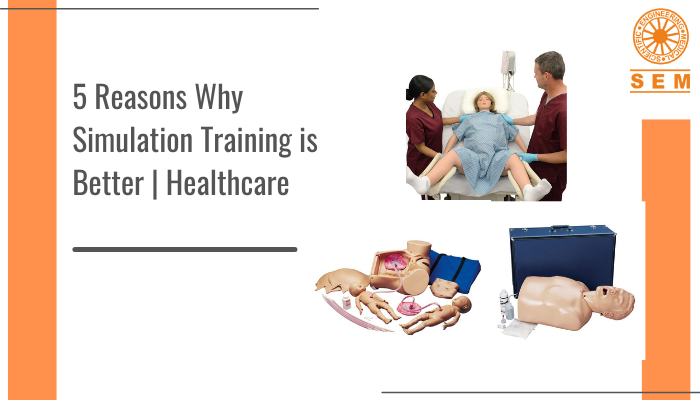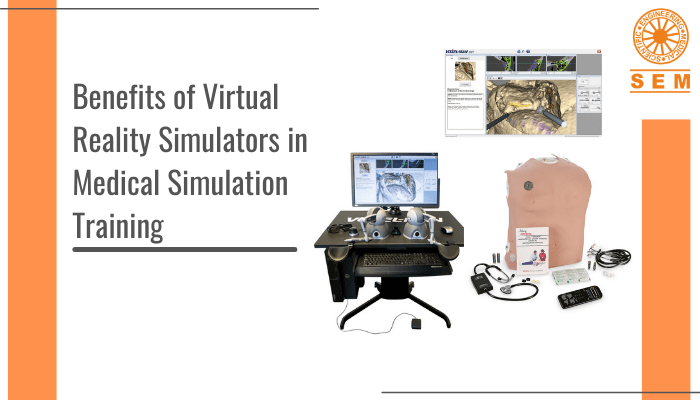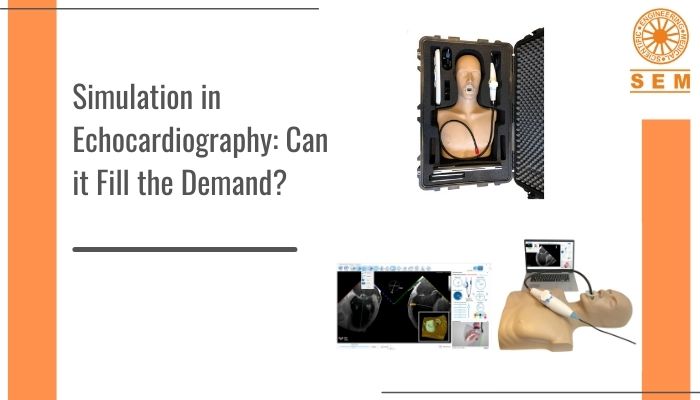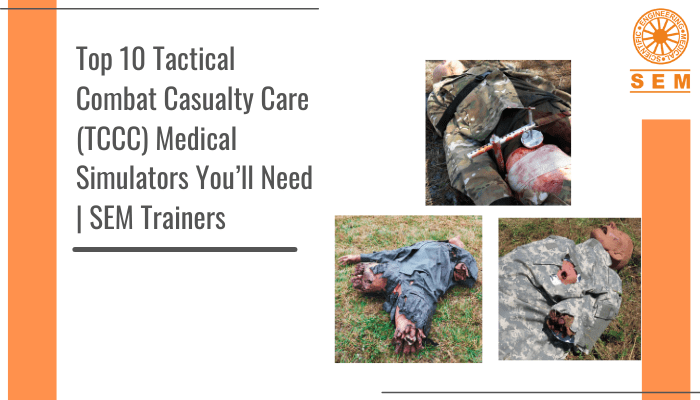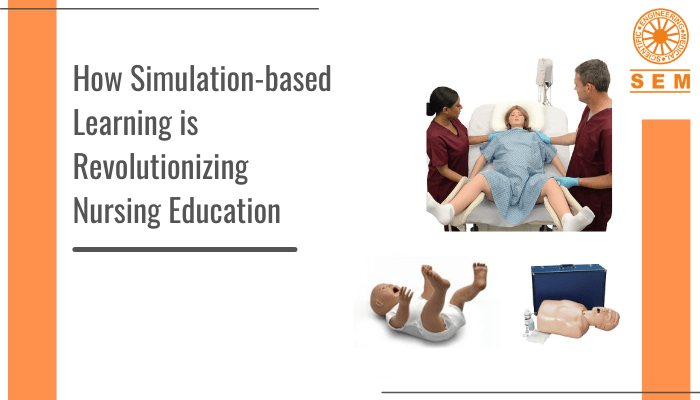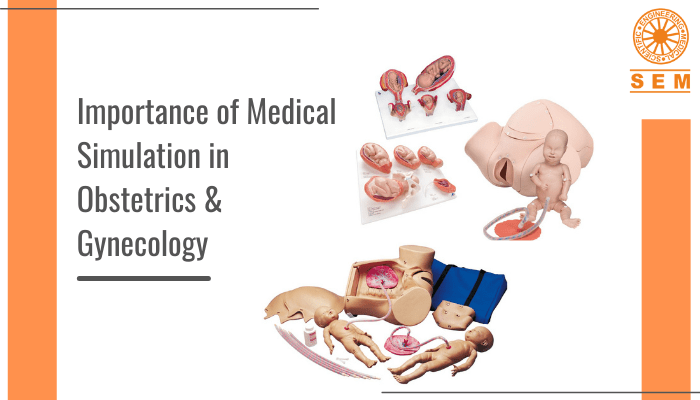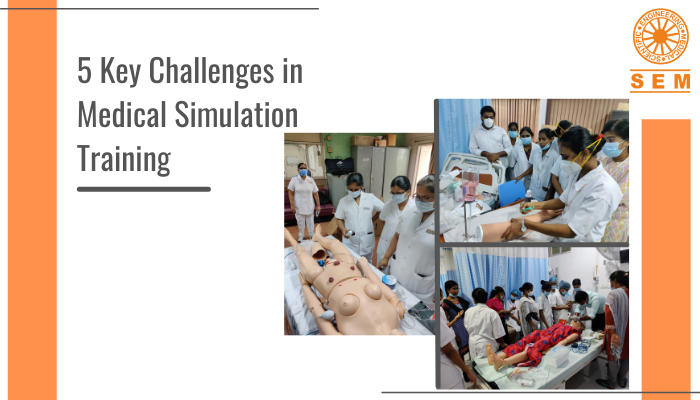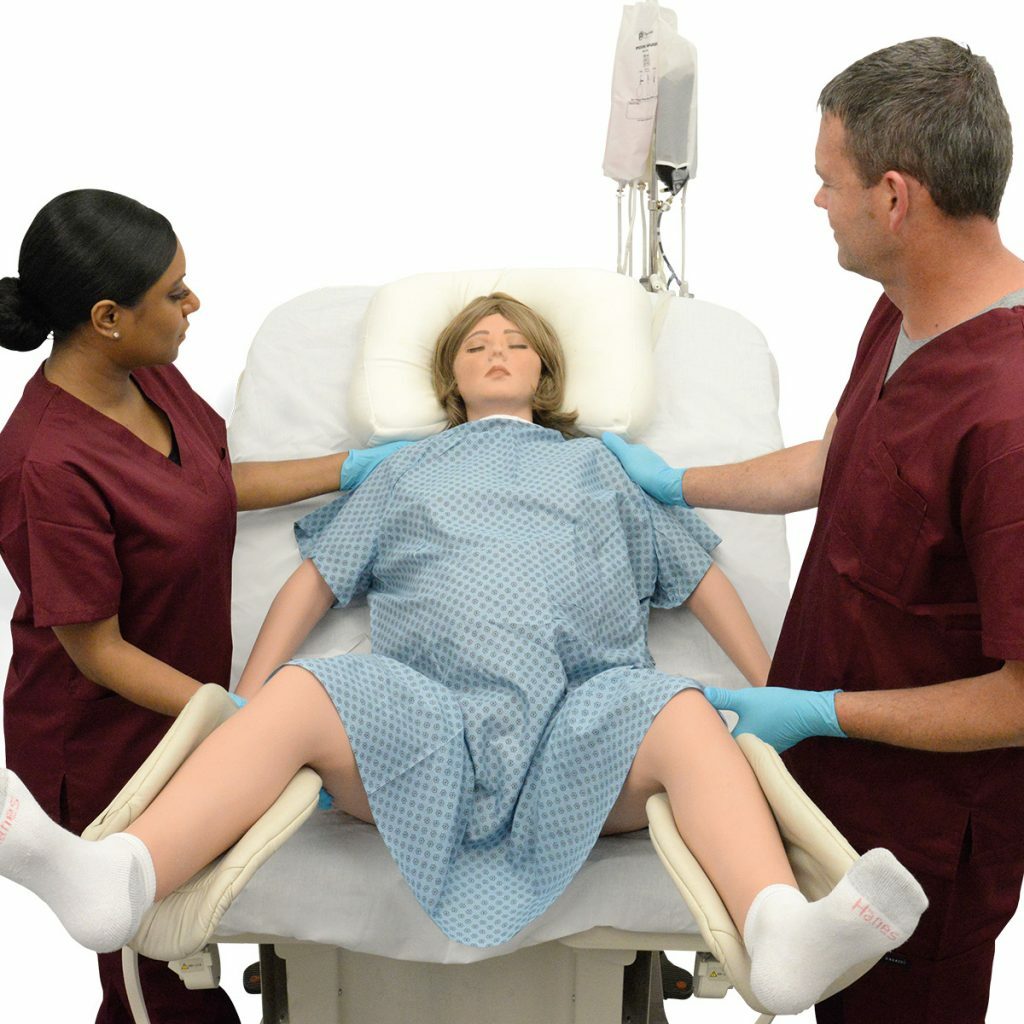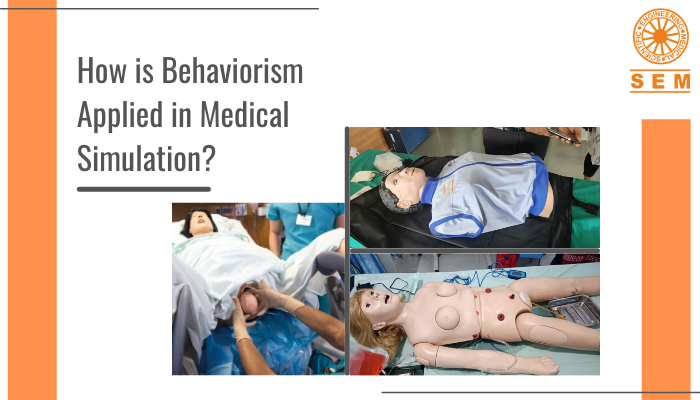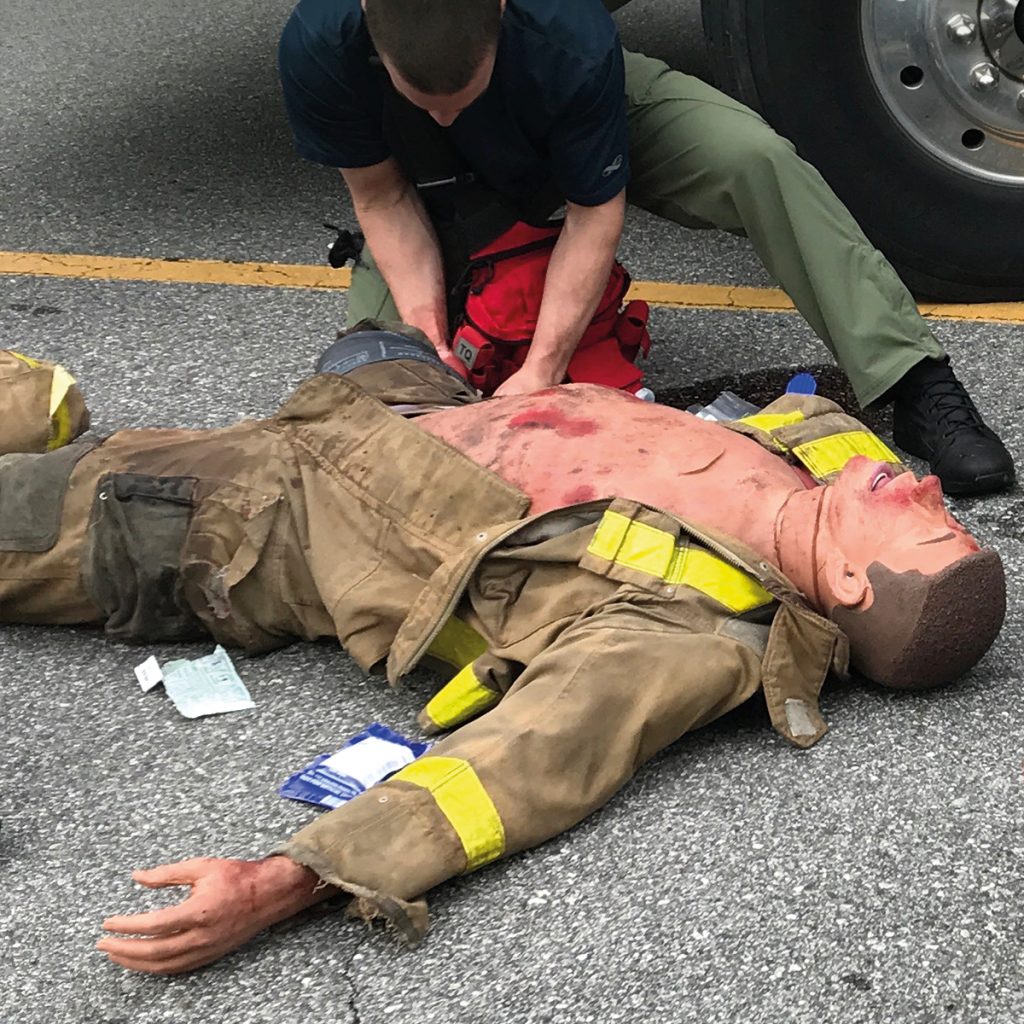Why We Need Clinical skills Labs to Improve Skills Based Medical Education
Dexterity in various clinical skills such as examination, diagnostic reasoning, communication, and execution of clinical techniques is indispensable to the success of medical education paradigms. Over the years, the adoption of simulation-led training into the process has shown tremendous improvements in skill competency in the aspirants. By supplementing traditional learning approaches with simulation-led training, learners get hands-on experience along with diverse skill development and come out as confident, competent medical professionals able to handle the pressures of the real clinical setting.
Why do we need a Clinical Skills Lab or Simulation Centre?
Not only has there been a disproportionate increase in the number of students to that of trainers, the rapid advances in medical technology has made it harder for learners to receive optimal training through theory alone and reduced clinical skills standards among medical students. But for many reasons, it is not always possible to practice on real patients. Some of them may be clinically unstable, some may not be comfortable to be tended to by inexperienced learners, and for some, it might jeopardize patient safety and feel like a breach of their privacy.
What happens in a Clinical Skills Lab or Simulation Centre?
A clinical Skills Lab or Simulation Centre offers an immersive environment for healthcare professionals to develop clinical skills, communication skills, cognitive skills, and a compassionate approach to patient care. This is a controlled, safe, and forgiving environment for them to get hands-on experience for diverse scenarios. The experience provided by such a lab won’t be the same as practicing and learning on a real patient, but it’s the next best thing, benefitting novices and experts alike. And as they say, practice makes perfect.
These labs and centres usually, but not necessarily, have a reception area, skill studios, an ICU simulation room, an operation theatre simulation room, a pediatric ICU simulation room, AV facilities in the rooms, surgical simulation suites, ultrasound training rooms, seminar halls, a board room, faculty lounges, a student lounge, and necessities like storage, safety systems, and HVAC. Personnel in attendance may include a chief coordinator, supporting departmental staff, nursing staff, a receptionist, and a biomedical engineer.
With the help of state-of-the-art equipment, anatomic simulators, and sometimes, real actors, diverse scenarios and real life acute medical conditions can be simulated for students to learn and practice. Through these, they get to experience a hint of what kind of situations they can hope to expect when they transition to a real hospital. Additionally, it helps build the aforementioned skills in them.
Many of these high-fidelity simulators provide real-time feedback, but feedback is also offered through an instructor overseeing the scenario. The repeated practice also shortens their learning curve. By including aspects like bathroom spaces to simulate bathroom falls in the scenarios, the learning experience is made more realistic.
To complete the successful simulation experience, the participants are observed, analyzed, and debriefed on their thought processes and actions to improve their performance and learning outcomes. This is one of the most important aspects of simulation-led training.
Benefits of Clinical Skills Labs and Simulation Centres
Such a facility achieves the following:
- It redefines medical education training and enables independent student learning
- It delivers hands-on learning experiences
- It accommodates the different learning requirements of students that come from different walks of life with various foundations, capabilities, and educational experiences
- It increases preparedness in the learners before their transition to the real hospital setting, and it enables them to effectively deal with high-risk cases
- It builds effective communication skills, cognitive skills, and psychomotor skills in the learners
- It builds and highlights the role of collaboration and team building
Challenges to Establishing and Running Clinical Skills Labs and Simulation Centres
Given its obvious benefits to skill-based medical education, a clinical skills and simulation lab is an indispensable part of medical education for various positions today. But establishing and running such a lab comes with its own challenges.
From its beginning, setting up and running such a lab requires a hefty investment; this includes the cost of procurement and maintenance of simulators and their consumables, staff allowance, HVAC maintenance, and electricity bill, among others. Adjusting with the realism of the simulators is another challenge. Additionally, there are the challenges of time fixed for simulation training and teaching along with asset and resource availability and accessibility. There is the need to carefully balance time allotted for curriculum teaching and for simulation-based teaching.
Follow us on Social Media :


